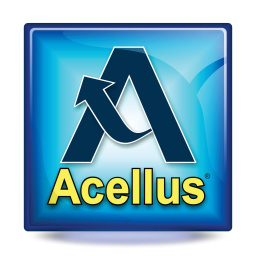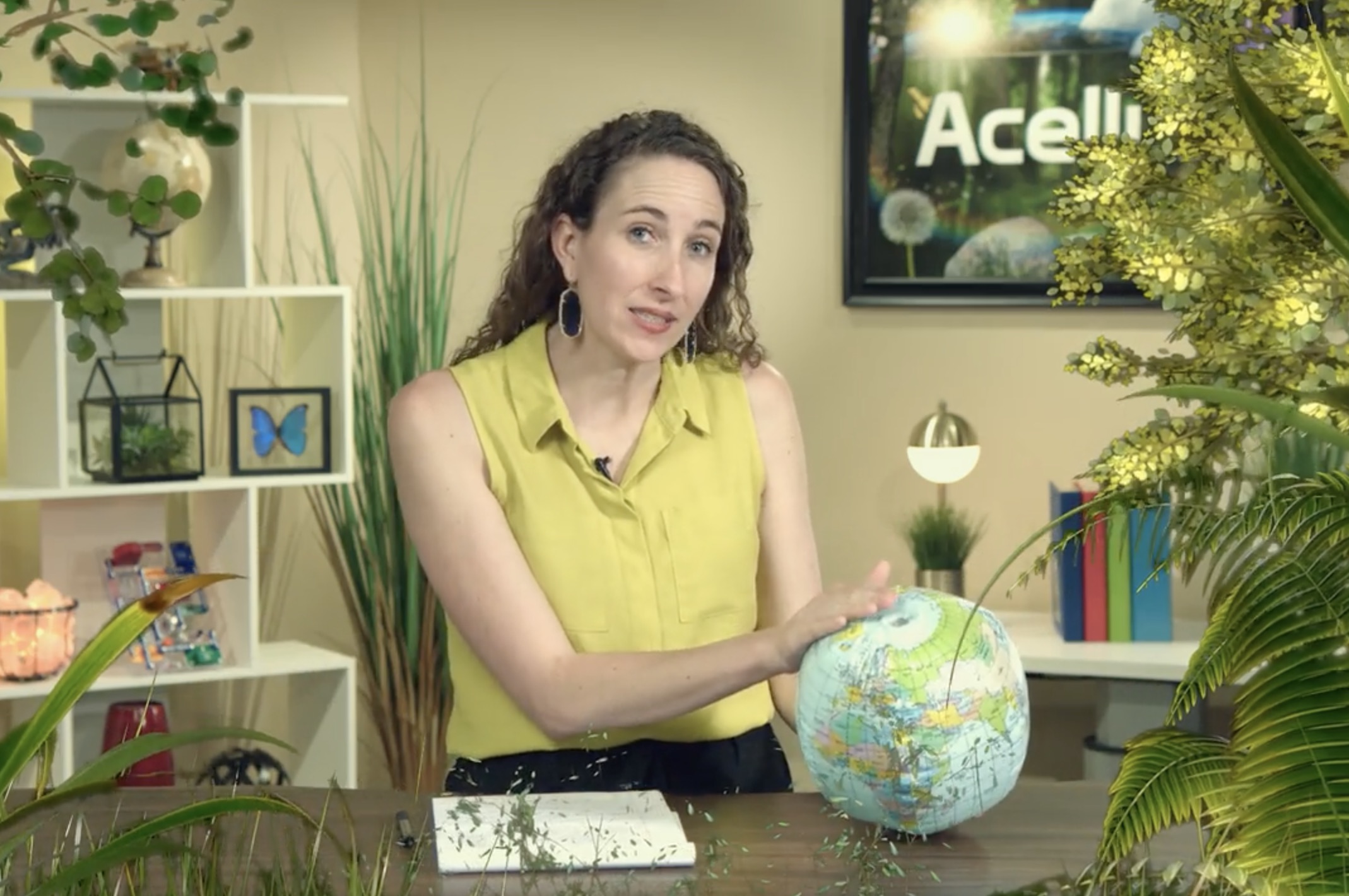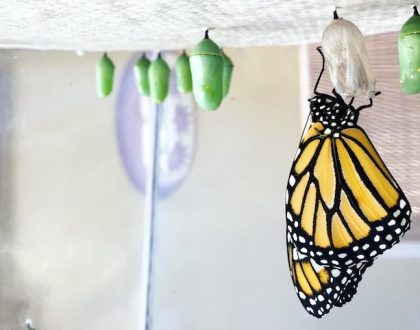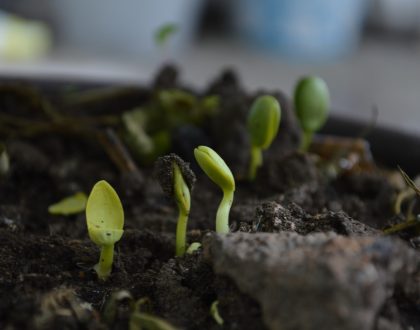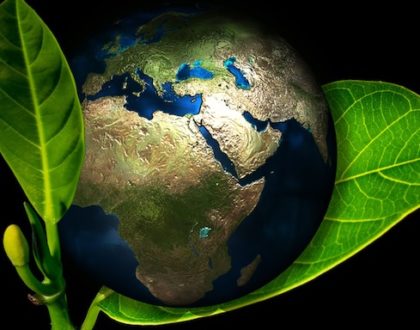Grade 5 Science
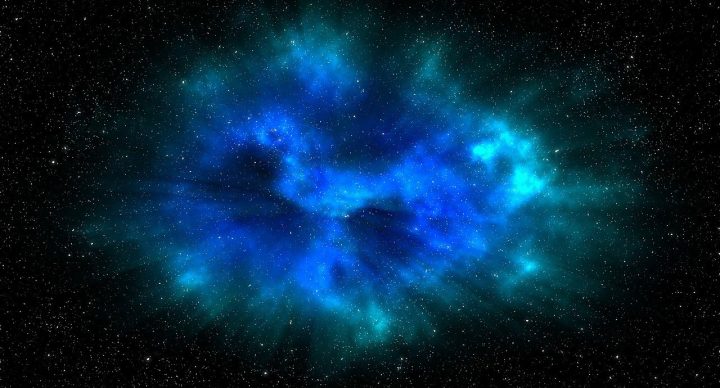
Course Features
Course Details
Course Overview
Acellus Grade 5 Science is an engaging and thought-provoking course covering life, physical, and earth science concepts. Throughout the course, students will explore scientific phenomena through investigations, gather and evaluate information in tables, and learn different aspects of creating meaningful models. Students are inspired to ask why and search for answers by learning to develop experiments to test a hypothesis.
Acellus Grade 5 Science is taught by Acellus Instructor Emily Rogers.
Sample Lesson - Physical Characteristics of Environments: Forests
 This course was developed by the International Academy of Science.
Learn More
This course was developed by the International Academy of Science.
Learn More
Scope and Sequence
Unit 1 As students are introduced to the course, they will begin by learning to identify physical properties of matter and how to classify it. Following this, they will explore using graduated cylinders to measure liquid and how to classify matter by volume. Learners will complete the unit by discovering how to predict and observe changes in states of matter. Unit 2 This unit shows learners how to separate mixtures and solutions. After this, they will learn to determine when a mixture maintains physical properties of their ingredients and how to identify what changes can occur in those ingredients. Finally, students will learn to ascertain if mixing substances will result in a new one. Unit 3 In unit three, students will begin by learning how energy is transformed to another form and the different kinds of energy, such as mechanical, light, electrical and thermal. As the unit closes, they will discover how energy is transferred. Unit 4 This unit begins by showing students the way electricity flows in a series circuit and the differences between open and closed circuits. Next, they will solve problems with circuit batteries and discover changes in parallel circuits. Finally, learners will examine circuit insulators and problems in series and parallel circuits. Unit 5 In this unit, learners will discover how light travels in a straight line and how light is absorbed and transmitted. Following this, they will explore how light reflects off surfaces and how it refracts when it is passed from one medium to another. Students will end the unit by planning an investigation with light. Unit 6 Unit six begins by examining the force of gravity and the effects of forces. After this, students will explore push and pull using different objects and the effects of friction. Lastly, they will design experiments to test the effects of different kinds of forces. Unit 7 This unit starts by explaining the process of weathering and erosion, allowing students to provide examples of wind, water, and ice weathering and erosion. Following this, they will explore deltas, how volcanoes are formed along with other various landforms. The unit ends with learners examining the effects of earthquakes and landslides and how to determine whether changes to the earth is slow or rapid. Unit 8 In this unit, students will explore the properties of soil, such as color, its capacity to retain water, and its ability to support plant growth. Next, they will examine how sedimentary rock and fossil fuels are formed as well as their uses. Finally, learners will discover the uses of renewable and nonrenewable resources and how to identify fossils. Unit 9 Unit nine begins by studying weather and temperature, how to measure them, and how to predict them. After this, students will explore the differences between weather and climate, finally finishing up with analyzing weather data using charts. Unit 10 This unit begins by describing the differences between saltwater and freshwater bodies, followed by diving into the various steps of the water cycle and the role the sun plays in it. Next, learners will examine groundwater and runoff. As the unit closes, they will learn to create a model of the water cycle and how to describe the changes that occur throughout the water cycle. Unit 11 In this unit, students will examine the movement of the sun, earth, and moon, the rotation of the earth, and the cause of day and night. After this, they will explore the sun’s movement across the sky, how to estimate time by the position of the sun, and the patterns and cause of seasons. Finally, learners will discover why the brightness of starts differ, the phases of the moon, and the order of planets from the sun. Unit 12 Unit twelve begins by classifying environmental elements as living or nonliving, followed by examining how organisms interact with their environments. Next, students will explore desert, forest, tundra, grassland, and marine environments and how those environments work to support their organisms. After this, they will analyze what impact animals have on their environments and vice versa. Lastly, learners will discover plant and animal life cycles and how to compare them. Unit 13 In this unit, students will explore food webs and the roles of producers and consumers. Following this, they will discover the differences between omnivores, herbivore, and carnivores. Learners will, then, examine how animals depend on each other, the flow of energy through a food web, and the flow of energy through producers, consumers, and decomposers. As the unit ends, they will study how matter moves among food webs and what happens to them when the environment changes. Unit 14 As this unit begins, learners will explore how changes to an ecosystem effect the organisms living in them. Next, they will examine elements of atmosphere, biosphere, hydrosphere, and geosphere. Lastly, students will study the ways these interact and how communities use science to protect the earth. Unit 15 In the final unit, students will study the structures of aquatic plants and animals, followed by terrestrial plants and animals. Next, they will analyze and compare inherited plant traits and inherited animal traits. They will end by examining the acquired traits and learned behaviors of organisms.
This course does not have any sections.

